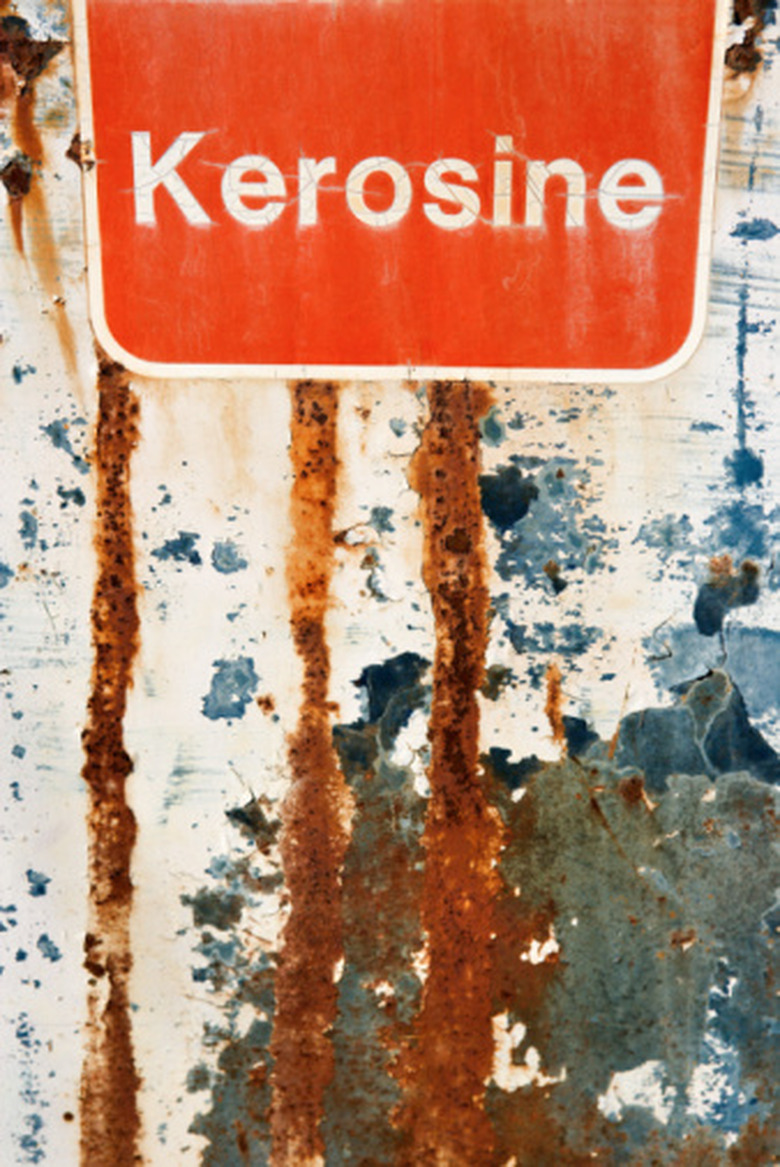Properties Of Kerosene
Kerosene is a hydrocarbon fuel distilled from petroleum. The term kerosene was trademarked in 1854, but has since become a generic term much like the word "zipper." Also known as paraffin in some parts of the world, the fuel is used for heating, cooking and as a component of jet engine fuel. Kerosene's chemical and physical properties make it different from other fuels.
Appearance & Smell
Appearance & Smell
Kerosene is a odorless liquid at room temperature with a clear to pale yellow color. However, when kerosene burns it gives off a strong smoke odor.
Density
Density
At room temperature, kerosene has a density of 0.80 grams per milliliter. the density increases as temperature decreases. At 59 degrees Fahrenheit, the density can increase to 0.94 grams per milliliter.
Solubility
Solubility
Although kerosene is insoluble in water, it does mix with other petroleum solvents.
Boiling Point
Boiling Point
Kerosene boils at very high temperatures ranging from 347 degrees to 617 degrees Fahrenheit. The range is dependent on air pressure.
Flash Point
Flash Point
Flash point is the minimum temperature at which vapors of a liquid will ignite. A substance with a low flash point is easier to ignite than one with a higher flash point. Kerosene's flash point ranges from 100 degrees to 185 degrees Fahrenheit, depending on the pressure the kerosene is under. At sea level kerosene's flash point is 149 degrees Fahrenheit.
Autoignition Temperature
Autoignition Temperature
The temperature at which a substance will ignite on its own at normal air pressure is the autoignition temperature. This temperature for kerosene is 444 degrees Fahrenheit.
Cite This Article
MLA
Painter, Tammie. "Properties Of Kerosene" sciencing.com, https://www.sciencing.com/properties-kerosene-8094111/. 24 April 2017.
APA
Painter, Tammie. (2017, April 24). Properties Of Kerosene. sciencing.com. Retrieved from https://www.sciencing.com/properties-kerosene-8094111/
Chicago
Painter, Tammie. Properties Of Kerosene last modified March 24, 2022. https://www.sciencing.com/properties-kerosene-8094111/
